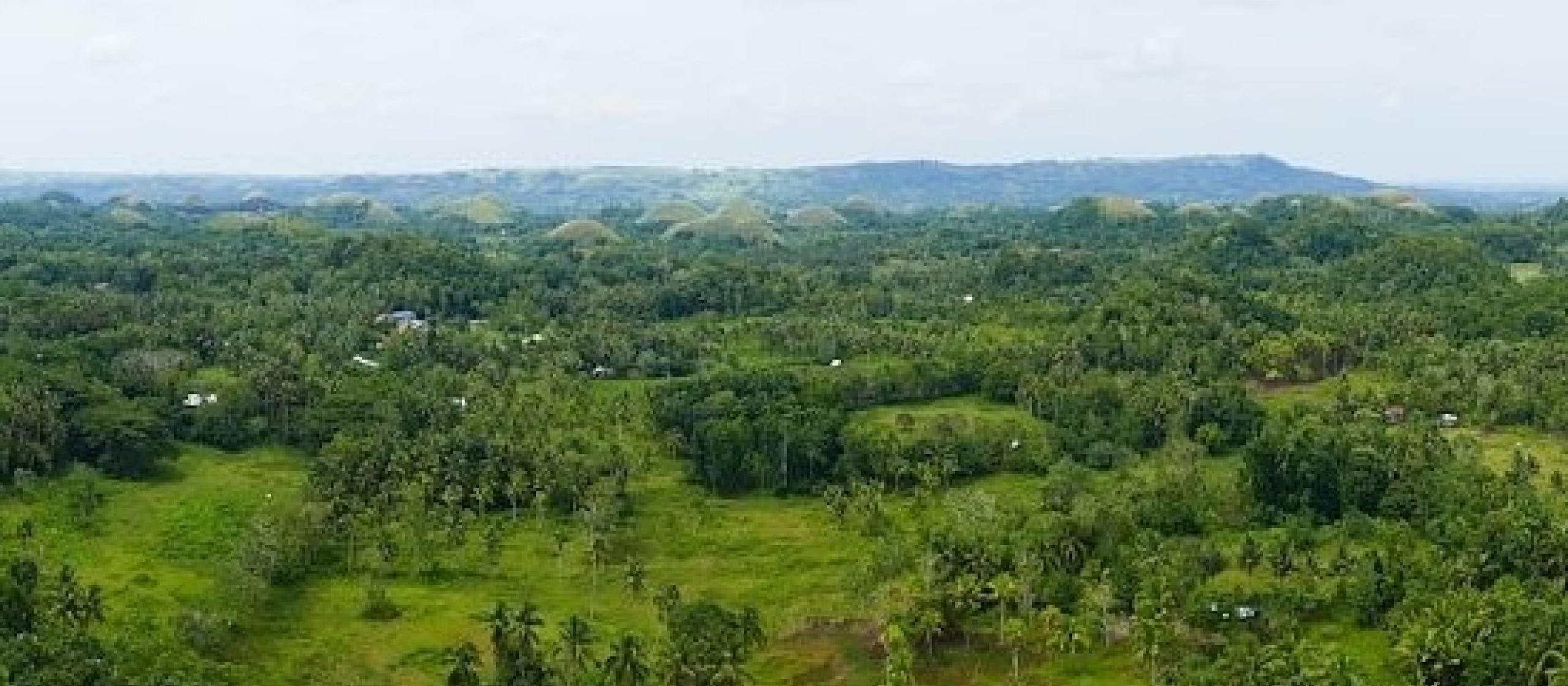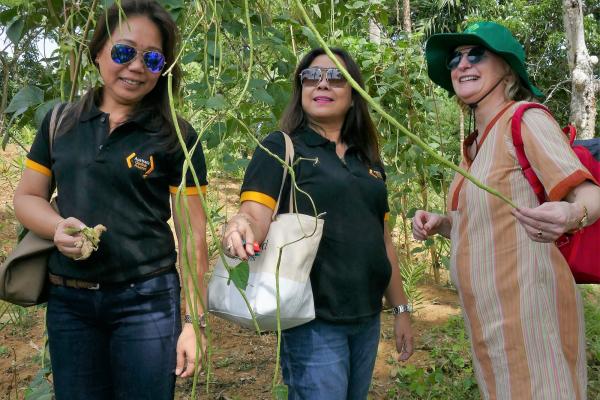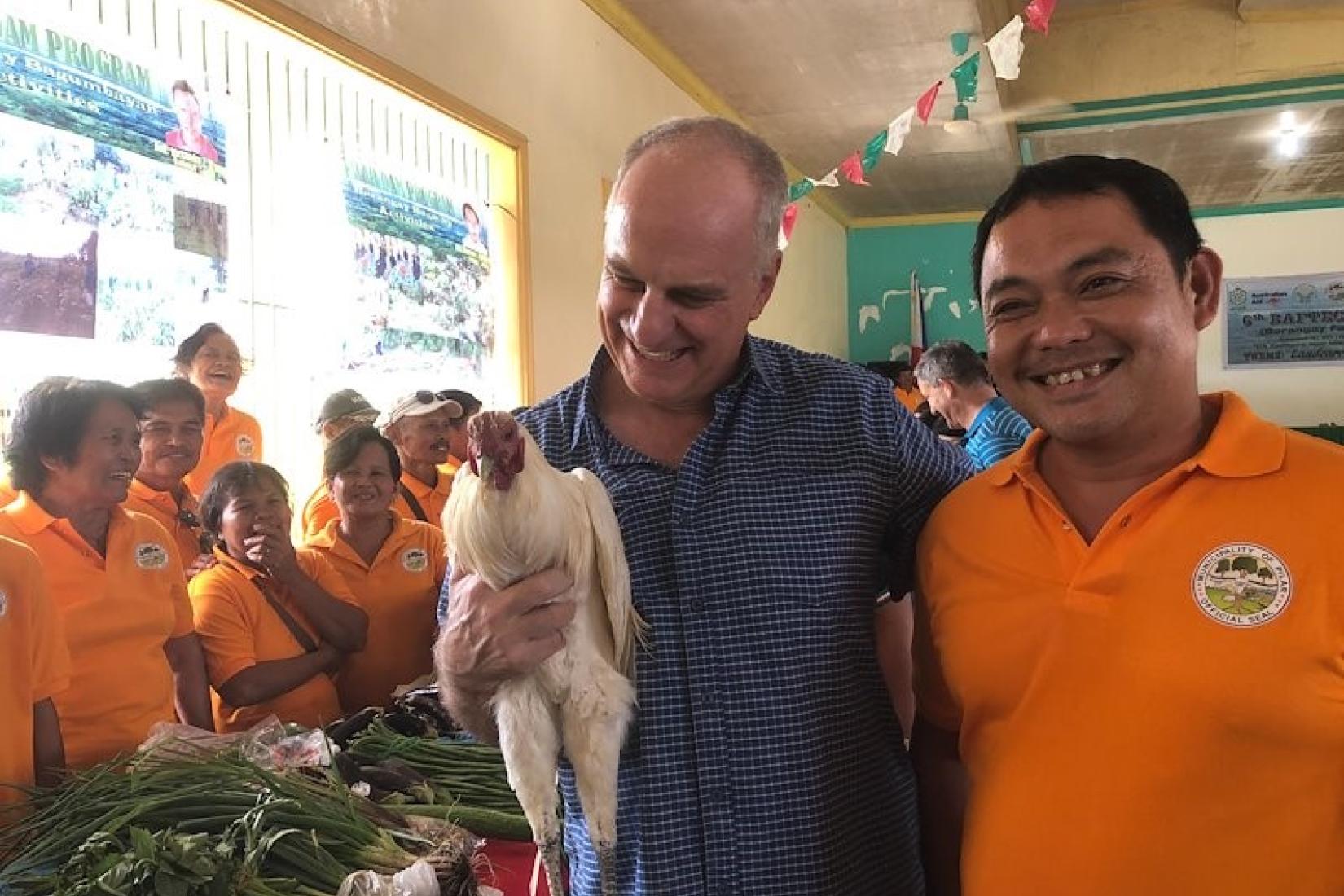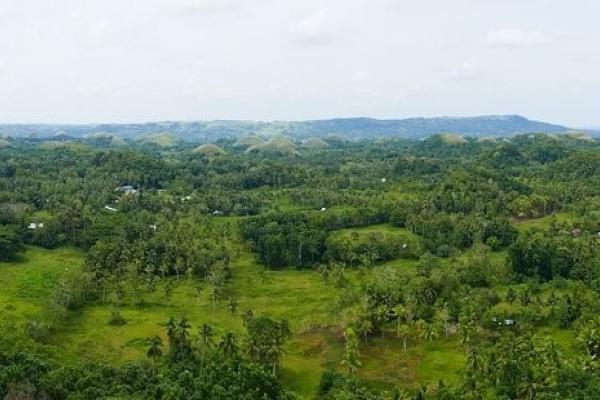Due in large part to the additional food being grown, sold and consumed locally, according to the mayor the level of poverty in the Pilar municipality has more than halved over the last decade. It is noteworthy that the landcare program has been strongly supported by three successive mayors, and now appears to be an established element of the social infrastructure in Pilar municipality.
This inspiring example of grassroots community landcare delivering substantial benefits for livelihoods, nutrition and the environment is a reminder of the importance and value of the social dimensions of landcare as a participatory research and extension approach. Landcare foments social cohesion by building social capital (in both its ‘bonding’ and ‘bridging’ dimensions), influencing social norms, empowering local leaders and delivering clear benefits at a community level from people working together.
This has obvious relevance in conflict-vulnerable areas like Mindanao, which is partly why ACIAR’s landcare work in the Philippines is so strongly supported by PCAARRD – the Philippines Council for Agriculture, Aquaculture and Natural Resources Research and Development. An ACIAR impact assessment[4] found that landcare in the Philippines led to markedly higher rates of adoption of improved farming practices compared with conventional extension approaches.
At a macro level, while landcare has lost momentum in some regions in Australia[5], I remain convinced that participatory group approaches to sustainable agriculture and NRM at a community level, coupled with complementary citizen science and school education programs, are important elements of resilient governance for the Anthropocene.
Rapid, often surprising, on-going environmental change will challenge governments, industries and communities, especially smallholder farmers, in all regions. Many responses (proactive and reactive) need to be designed and/or interpreted at sub-national and local levels. Successful and durable land restoration depends on community support and, often, community engagement. Finally, policy convergence in food, water, energy and health systems (all with risks amplified by climate change) requires an integrated planning & delivery framework, with decentralised leadership and decision-making. Social capital becomes ever more important as ‘solutions’ become ever more contested and contextual.
I came away from Bohol thinking that we had just been exposed to the essence of landcare in a distilled form – driven from and led by the grassroots, with extremely high levels of community participation and support, tailored to local needs and circumstances, with government and science at higher levels playing an enabling rather than directing role.
Variations on the landcare theme are evolving in more than twenty countries. An ACIAR Social Sciences project, led by Dr Mary Johnson of RMIT and Clinton Muller from RM Consulting Group, is exploring the potential for landcare approaches to be applied more broadly, in our work and beyond.
Who knows? Maybe one day landcare might be recognised alongside WiFi, Cochlear, Gardasil and the black box flight recorder as an Australian innovation of global significance.
REFERENCES
[1] ASEM/1998/052: Enhancing farmer adoption of simple conservation practices – Landcare in the Philippines and Australia;
ASEM/2002/051: Sustaining and growing landcare systems in the Philippines and Australia
ASEM/2009/044: Enhancing development outcomes for smallholder farmers through closer collaboration between Landcare and other ACIAR projects;
ASEM/2011/061: Institutional mentoring of the Landcare Foundation of the Philippines Inc (LFPI)
SMCN/2012/029: Soil and nutrient management strategies for sustainable vegetable production in southern Philippines
SMCN/2009/031: Watershed evaluation for sustainable use of sloping agricultural land in the southern Philippines
SMCN/2004/078: Evaluation and adoption of improved farming practices on soil and water resources, Bohol Island, Philippines
LWR/2001/003: Integrated Watershed Management for Sustainable Soil and Water Resources Management of the Inabanga Watershed, Bohol Island, Philippines
[2] R.A. Cramb, D. Catacutan, Z. Culasero-Arellano and K. Mariano (2007) The ‘Landcare’ approach to soil conservation in the Philippines: an assessment of farm-level impacts. Australian Journal of Experimental Agriculture, 47:721–726
Rob A. Cramb (2005) Social capital and soil conservation: evidence from the Philippines The Australian Journal of Agricultural and Resource Economics, 49:211–226
[3] See for example Landcare in the Philippines: a practical guide to getting it started and keeping it going and Landcare in the Philippines: stories of people and places
[4] Vock, Noel (2012) Sustaining and growing landcare systems in the Philippines and Australia. Impact Assessment of ACIAR project ASEM/2002/051
[5] Robins, Lisa (2018) More than 30 years of ‘Landcare’ in Australia: five phases of development from ‘childhood’ to ‘mid-life’ (crisis or renewal?) Australasian Journal of Environmental Management https://doi.org/10.1080/14486563.2018.1487342
Campbell, Andrew, Jason Alexandra and David Curtis (2017) “Reflections on four decades of land restoration in Australia” The Rangeland Journal 39(6) 405-416 http://www.publish.csiro.au/RJ/RJ17056








